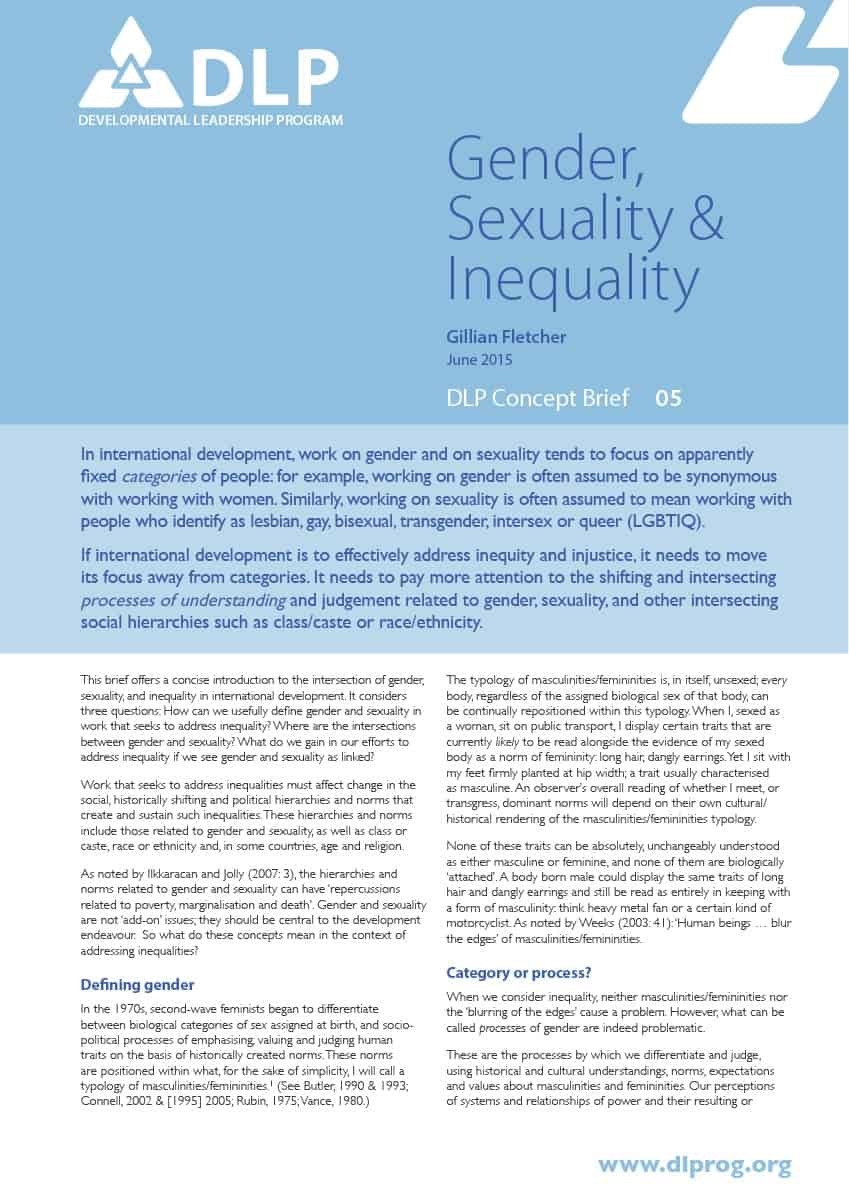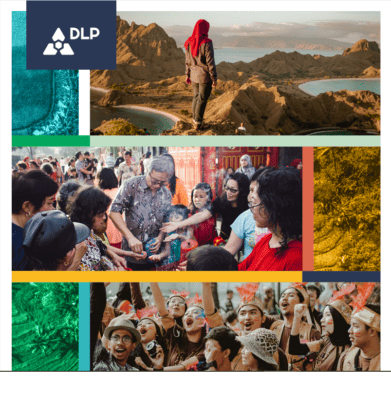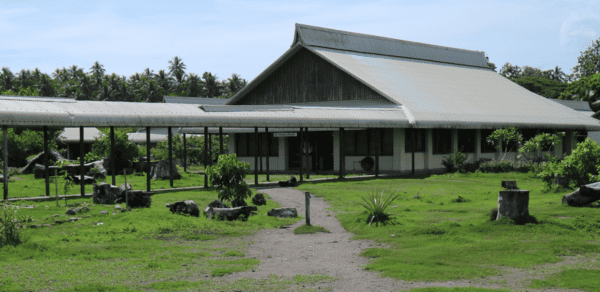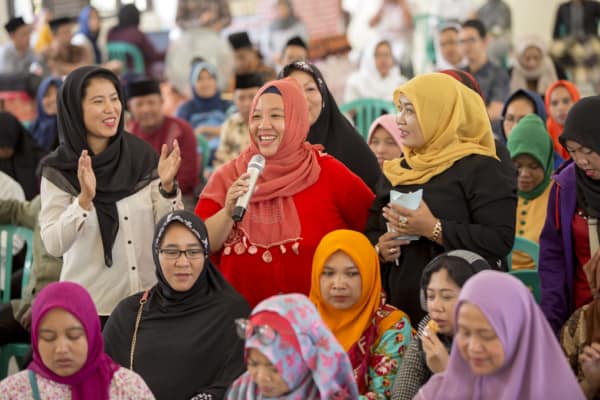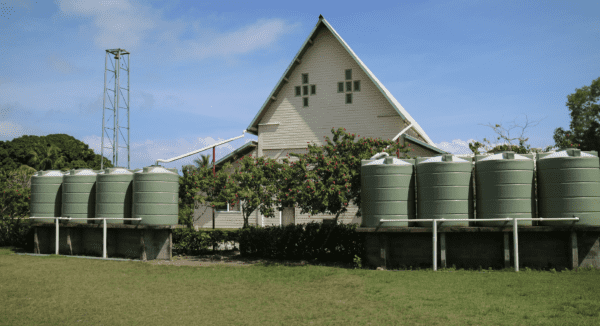This Concept Brief offers a concise introduction to the intersection of gender, sexuality, and inequality in international development. It considers three questions: How can we usefully define gender and sexuality in work that seeks to address inequality? Where are the intersections between gender and sexuality? What do we gain in our efforts to address inequality if we see gender and sexuality as linked?
In international development, work on gender and on sexuality tends to focus on apparently fixed categories of people: for example, working on gender is often assumed to be synonymous with working with women. Similarly, working on sexuality is often assumed to mean working with people who identify as lesbian, gay, bisexual, transgender, intersex or queer (LGBTIQ).
If international development is to effectively address inequity and injustice, it needs to move its focus away from categories. It needs to pay more attention to the shifting and intersecting processes of understanding and judgement related to gender, sexuality, and other intersecting social hierarchies such as class/caste or race/ethnicity.

